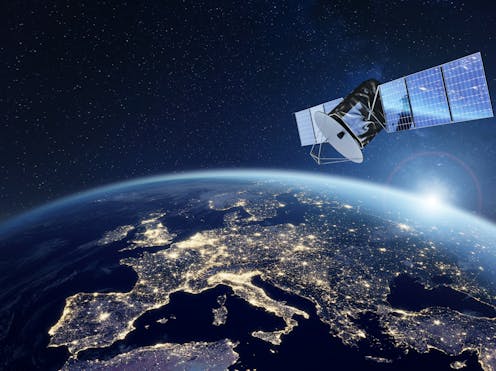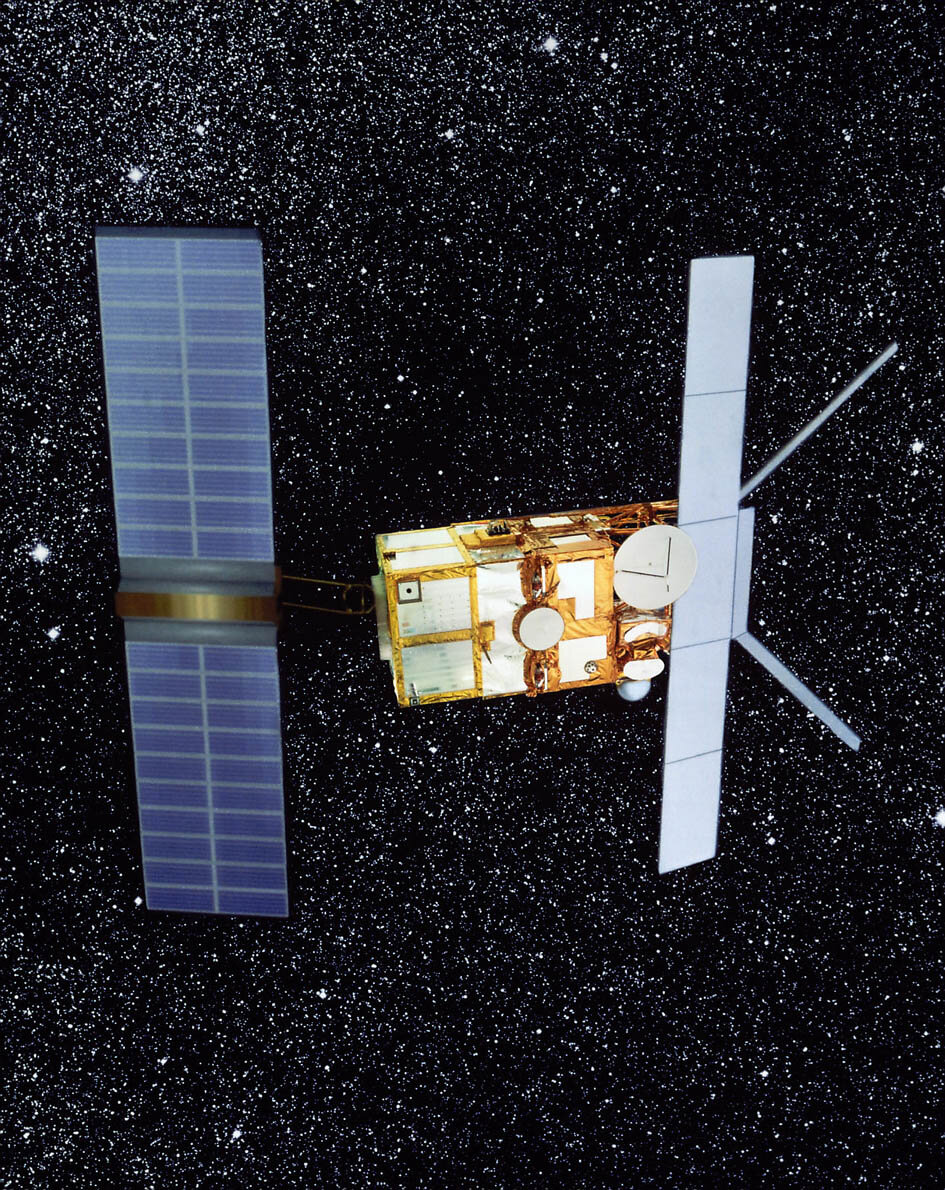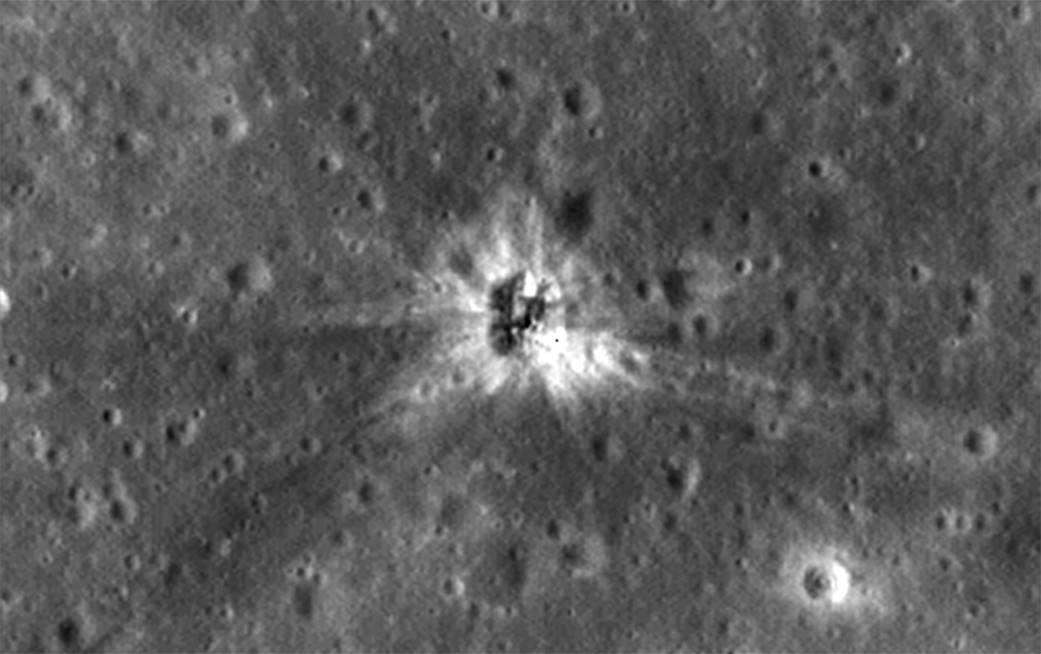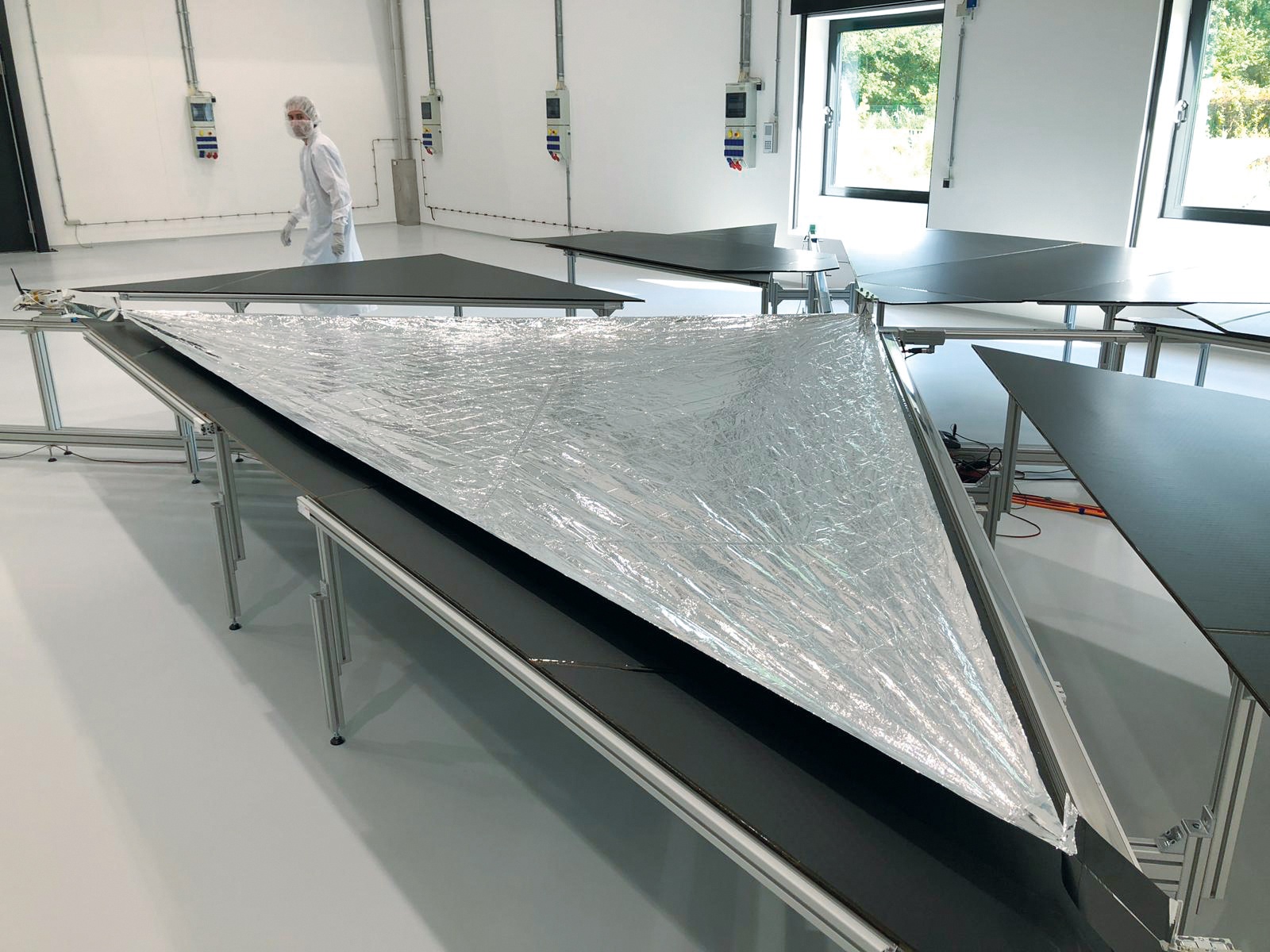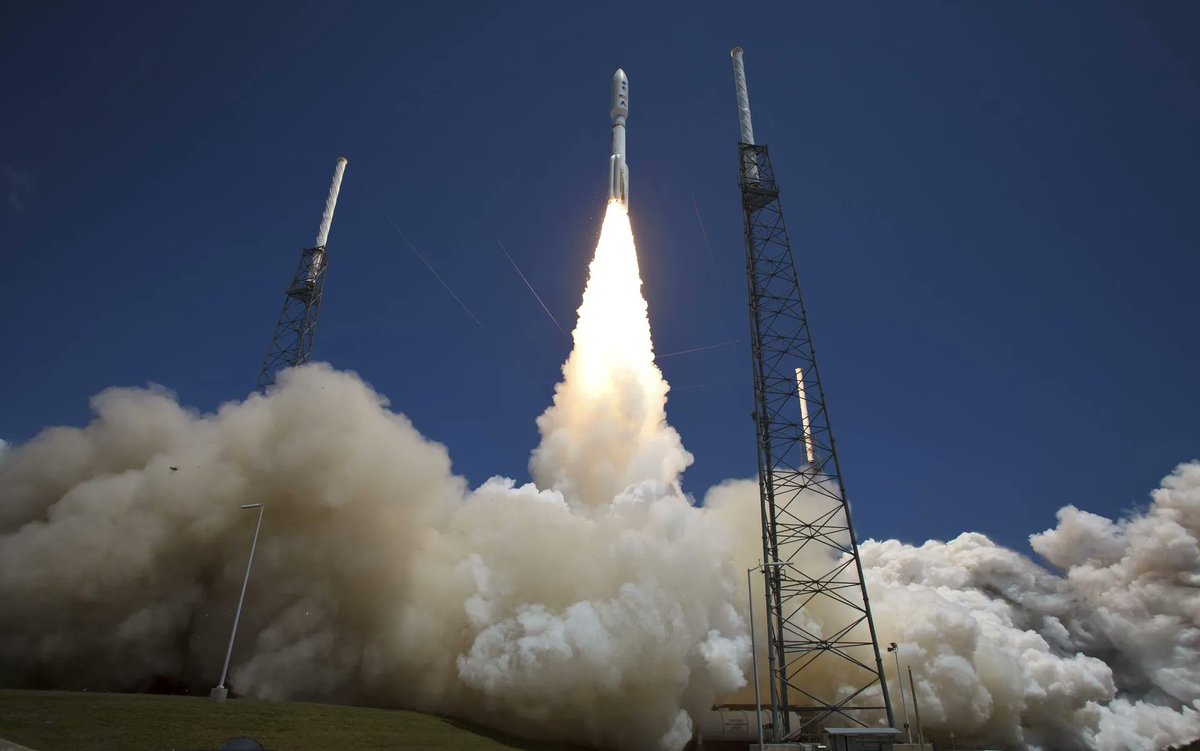In an effort to enhance the educational outreach of their Starlink constellation, there is an interactive global map of their Starlink internet satellites, which provides live coverage of every satellite in orbit around the Earth. This interactive map and information was produced by Will DePue, who is a an OpenAI programmer and openly states he is not affiliated with SpaceX or Starlink. This interactive map comes as SpaceX continues to launch Starlink satellites into orbit on a near-weekly basis with the goal of providing customers around the world with high-speed internet while specifically targeting rural regions of the globe. In 2022, Starlink officially reached all seven continents after Starlink service became available in Antarctica. Additionally, SpaceX announced in 2023 a partnership with T-Mobile for Starlink to provide mobile coverage, as well.
Continue reading “Watch a Real-Time Map of Starlinks Orbiting Earth”Anti-Satellite Weapons Will Threaten Everyone’s Access to Space
It’s a headline straight out of the movies yet the White House has recently confirmed it believes that Russia is building space-based anti-satellite weapon! There seems to be no conclusive evidence what this might be but one option may be a nuclear bomb that would indiscriminately wipe out satellites within a huge volume of space! Not only would it devastate satellites but would cause more problems down on the surface and create a whole load of space junk.
Continue reading “Anti-Satellite Weapons Will Threaten Everyone’s Access to Space”Astroscale’s Satellite is Now Chasing Down a Real Piece of Space Debris
Space debris is a thing.. It seems whether we explore the Earth or space we leave rubbish in our wake. Thankfully, organisations like Astroscale are trying to combat the problem of debris in space with a new commercial debris inspection demonstration satellite. Named ADRAS-J, the satellite – which is now in orbit – is hunting down an old Japanese upper stage rocket body which was launched in 2009. It will approach to within 30 metres to study the module from every angle and work out how it can be safely de-orbited by a future mission.
Continue reading “Astroscale’s Satellite is Now Chasing Down a Real Piece of Space Debris”European Satellite ERS-2 to Reenter Earth’s Atmosphere This Week
One of the largest reentries in recent years, ESA’s ERS-2 satellite is coming down this week.
After almost three decades in orbit, an early Earth-observation satellite is finally coming down this week. The European Space Agency’s (ESA) European Remote Sensing satellite ERS-2 is set to reenter the Earth’s atmosphere on or around Wednesday, February 21st.
Continue reading “European Satellite ERS-2 to Reenter Earth’s Atmosphere This Week”ESA Plans to Eliminate New Space Debris by 2030
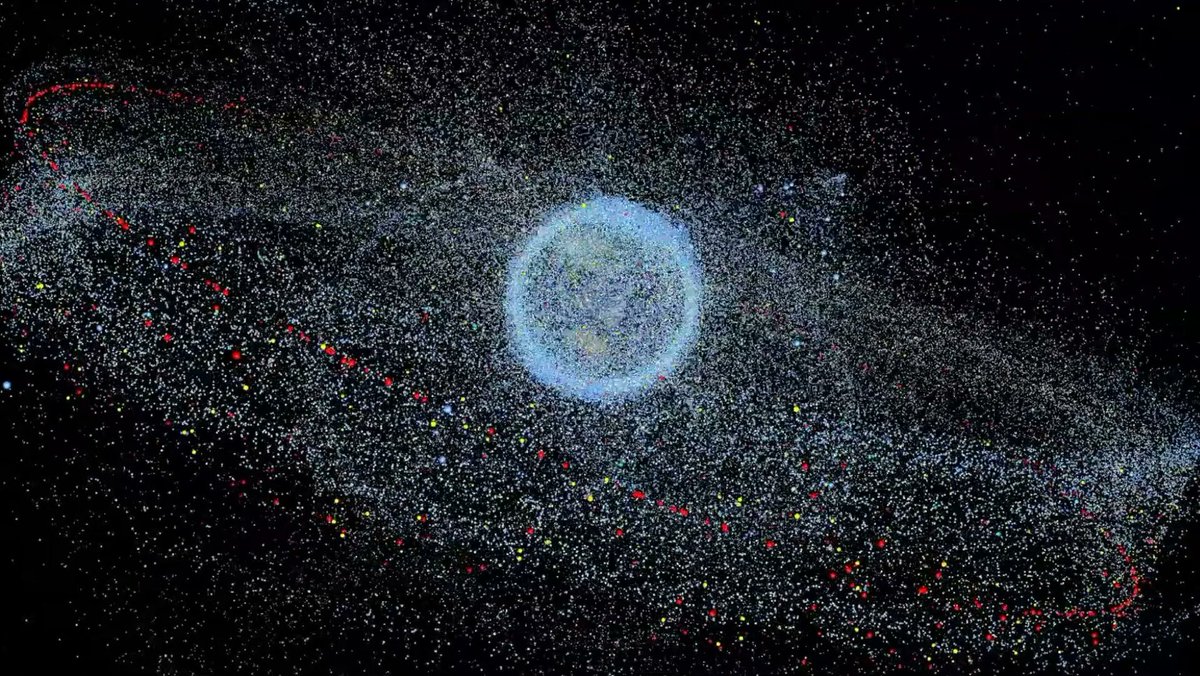
What can we do about space junk? We know how much debris is in orbit, and we know the problem is getting worse. It’s our fault.
Our Earth now has a halo of orbital debris, and the ESA has a plan to stop contributing to the problem.
Continue reading “ESA Plans to Eliminate New Space Debris by 2030”It’s Time to Start Worrying About Space Junk Around the Moon, Too
Researchers look to track and mitigate the growing number of space junk objects around the Moon.
It’s getting crowded up there. An increase in military, commercial and scientific launches, coupled with a lower cost for rideshare cubesat launches, means lots more space junk to deal with in coming years. And we’re not just talking about low Earth orbit; the Moon and cis-lunar (near lunar space) is about to become busy as well.
Continue reading “It’s Time to Start Worrying About Space Junk Around the Moon, Too”Samples Returned From Mars Will be Protected by a Micrometeorite Shield

In a few years, NASA and the ESA will conduct the long-awaited Mars Sample Return (MSR) mission. This mission will consist of a lander that will pick up the samples, an ascent vehicle that will send them to orbit, an orbiter that will return them to Earth, and an entry vehicle that will send them to the surface. This will be the first time samples obtained directly from Mars will be returned to Earth for analysis. The research this will enable is expected to yield new insights into the history of Mars and how it evolved to become what we see today.
Returning these samples safely to Earth requires that protective measures be implemented at every step, including transfer, ascent, transit, and re-entry. This is especially true when it comes to the Earth Entry System (EES), the disk-shaped vehicle that will re-enter Earth’s atmosphere at the end of the mission. In addition to a heat shield, engineers at NASA’s White Sands Test Facility (WSTF) near Las Cruces, New Mexico, are busy testing shielding that will protect the vehicle from micrometeorites and space debris during transit back to Earth and during re-entry.
Continue reading “Samples Returned From Mars Will be Protected by a Micrometeorite Shield”China uses drag sail to clear up space junk successfully.
Scientists at the Shanghai Academy of Spaceflight Technology (SAST) have devised an ingenious way to combat the growing problem of space debris. The team fitted a drag sail to a Long March 2 rocket and successfully launched it in July this year. Rocket launches often leave discarded booster stages in low-earth orbit, adding to the pollution of near-earth space. The pilot testing for the sail came as a surprise to many space agencies when, a day after the rocket’s launch, the 25 square meters deorbiting sail was unfolded.
China’s Long March Rocket Booster Makes Uncontrolled Reentry Back to Earth
A Chinese Long March 5B rocket first stage made an uncontrolled, fiery reentry through Earth’s atmosphere over Southeast Asia today (Saturday), six days it launched a new science module to China’s Tiangong space station. While the eventual return of the booster was known, China made the decision to let it fall uncontrolled. They also did not share any tracking data, and the large size of the rocket stage drew concern about fragments possibly causing damage or casualties.
The US Space Command confirmed reentry of the debris from the roughly 30-meter-long core (100 ft.) stage of the Long March 5B occurred at 12:45 p.m. Eastern time (1645 UTC) on July 30, 2022 over the Indian Ocean.
Continue reading “China’s Long March Rocket Booster Makes Uncontrolled Reentry Back to Earth”Falling Space Junk has a 10% Chance of Killing Someone in the Next Decade
The statistics of how people die offer a gruesome but informative way to understand both how humans perceive threats and how they react to fear. For example, you are more likely to be crushed by a falling vending machine (~13 people killed per year) than be eaten by a shark (~10 per year). However, there is one currently statistically unlikely cause of death that has a real risk of increasing dramatically in likelihood over the coming decades – falling space debris. According to a new study, there’s a 6-10% chance that someone will die from debris falling from space over the next ten years.
Continue reading “Falling Space Junk has a 10% Chance of Killing Someone in the Next Decade”

